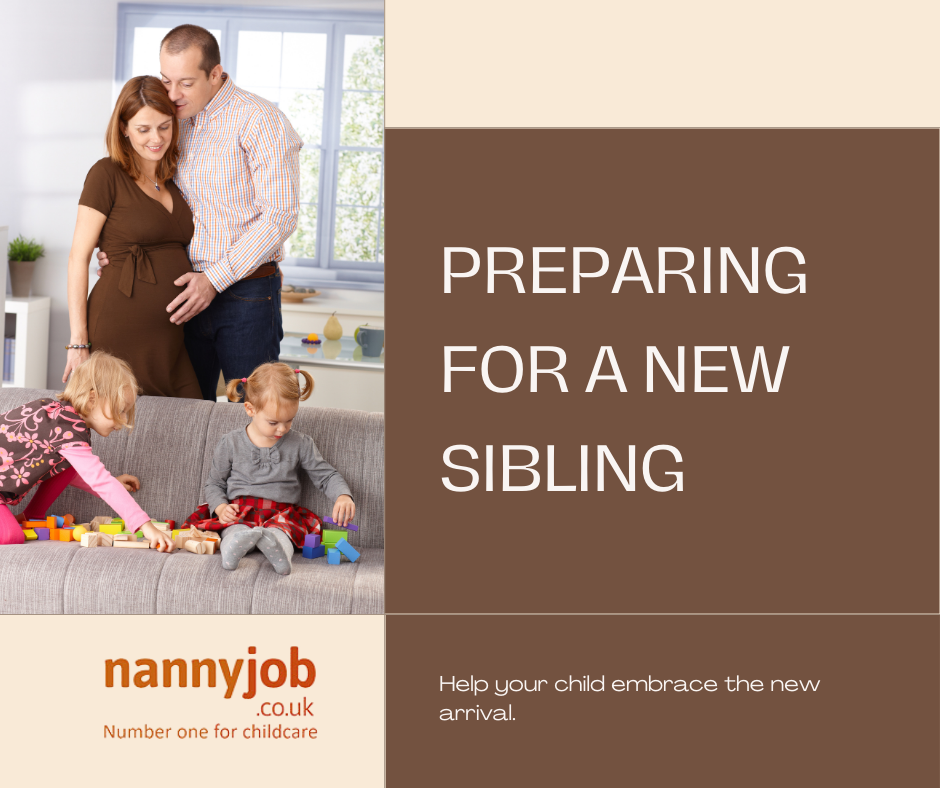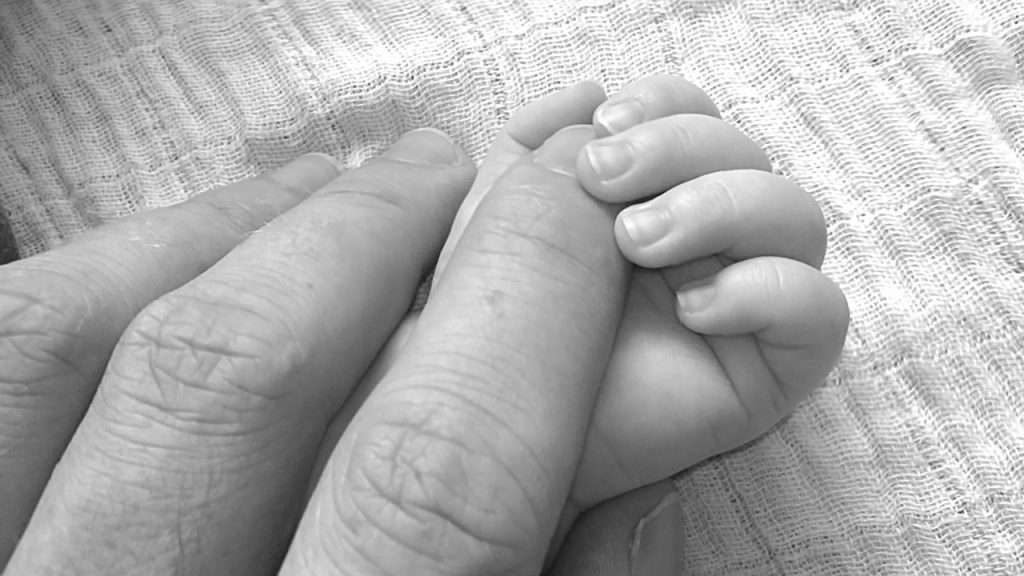Introduction
Welcoming a new sibling is an exciting but potentially challenging experience for a child. They may feel a range of emotions, from excitement and curiosity to anxiety and jealousy. Preparing a child for a new sibling is essential to ensure a smooth transition and to foster a loving bond between the siblings. Here are some practical tips to help parents, nannies, and childcarers prepare a child for the arrival of a new baby.
1. Talk About the Baby Early On
Start discussing the baby early in the pregnancy. Use age-appropriate language to explain what’s happening and what to expect. Involve your child in conversations about the baby’s arrival, and encourage them to ask questions and express their feelings.
2. Involve Your Child in Preparations
Let your child help prepare for the new baby. Take them shopping for baby items, involve them in decorating the nursery, or ask them to pick out a special toy or outfit for their new sibling. This makes them feel included and important in the process.
3. Read Books About New Siblings
Books about becoming a big brother or sister can help children understand what to expect. Reading stories together can also provide a natural way to talk about feelings and address any concerns your child may have.
4. Reassure Them of Their Importance
Reassure your child that they are still loved and valued. Spend special one-on-one time with them, focusing on their interests and needs. Make sure they know that the arrival of a new sibling doesn’t change how much they are loved.
5. Plan for Changes in Routine
Prepare your child for the changes that will come with a new baby, such as changes in routines, sleeping arrangements, or attention from parents. Explain these changes positively and offer reassurance that they will adjust with time.
Conclusion
Preparing a child for a new sibling involves open communication, involvement in the process, and reassurance of their importance. By taking these steps, you can help ease the transition and encourage a loving relationship between siblings from the very beginning.



